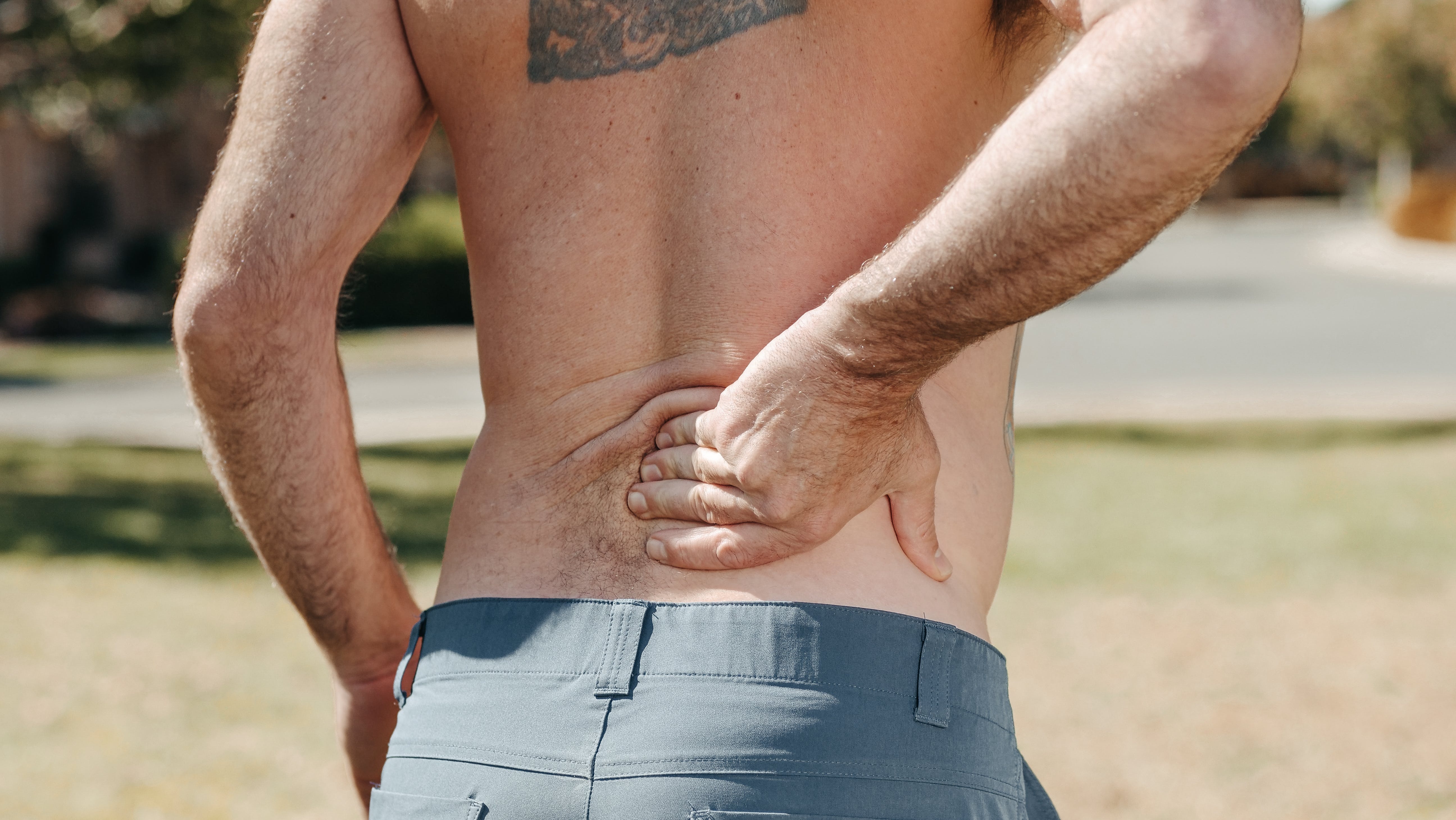I had the privilege of attending a pro pickleball tournament last weekend in San Clemente. Along with the immaculate sixty-five-to-seventy-degree weather, cloud-free blue skies, and the view of the southern California Pacific Ocean visible from the hillside from the tournament venue, I got to see my favorite professional athletes compete in the “granddaddy” of pickleball competition. I didn’t have much to complain about. That was until my gluteal muscles, lower back, and shoulder blade muscles entered a state of disarray due to the concrete bleachers I was sitting on.
I had one of the best seats in the house. Literally ten to fifteen yards away from the championship match. This portrays everything a pickleball fanatic could want. However, the seat that I positioned myself at for hours while watching the main event was not the most ergonomically sound seat. One would think standing would be a worthwhile solution. However, had I stood up in the middle of the match, being pelted by a projectile from a spectator behind me in my shoes would be in the near future for me. What is one to do when a serious case of “bleacher butt” is imposed upon your livelihood? Fortunately, there were small windows of time in which I could stand, move around a little, and stretch.
Sitting in a semi-squatted position while the hips are slightly below kneecap level introduces the potential for the body to become contorted in a suboptimal position. When the knee is about the level of the hips while seated, the torso can come forward and create a hump-like shape in the upper back. This causes pain in the neck, shoulder blades, and lower back. Additionally, when scrunched in the ball-like position, the abdominal muscles and hip flexors shorten while the paraspinal muscles lengthen. Staying in this position for prolonged periods can produce strains and nagging pain, leading to a disruption in quality of life during and after the circumstances the body is imposed to face the challenges of this suboptimal position.
I found a few solutions that alleviated the discomfort of being scrunched up like a baby wallaby in its mother’s pouch and enhanced my viewing experience. One tactic was to practice performing scapular depression, standing up when there was time out to revert my back into a more optimal position, and mobilizing my hips and sacroiliac joint while standing. Below is a description of how I mitigated back pain and enhanced my viewing pleasure while being confined to a less-than-desirable seating situation:
- Scapular depression while pushing down: While sitting in the cement bleachers, I had enough space to place my hands behind me and push into the ground to straighten out my spine to encourage optimal posture. First, I ensured my posture was in a strong position. The head was upright with eyes gazing forward, ears in line with armpits, and accentuating the natural anterior curvature of the lumbar spine. To support this position, I firmly pressed my hands into the back half of the bleacher behind me I was sitting on, activating my triceps. Lastly, I ensured to activate the muscles of scapular depression, which means pulling the shoulder blades down toward the hips. Engaging the muscles of scapular depression utilized my shoulder blade muscles to hold my torso upright and alleviate the stress of my paraspinal muscles This tactic helped substantially in relieving back pain while sitting on this cement bleacher.
- Standing up: Fortunately, competition-level pickleball grants each team two timeouts per game that lasts about a minute. Seeing as nothing happens during the timeouts other than the athletes walking off the court to recalibrate their strategy, I wouldn’t be irritating my fellow spectators by blocking their view if I stood up. Therefore, I seized this moment to revert my body into a more favorable shape by standing up. When doing this, my back muscles thanked me and reverted to their initial structure before the time out was over and returning to the bleacher seat.
- Hip circumduction while standing: Hip circumduction is akin to performing a “hoola hoop” movement. To perform, place the hand on the crest of the hips and push the body forward, circle in one direction, push the butt out behind you, and circle back to your starting position. A brief stretching sensation should be experienced around the abdomen, lateral aspects of the hips, and lower back. This tactic was worth its weight in gold when I stood up from being crammed into a ball and having my butt go numb from sitting in the cement bleachers. Getting blood flow and neuromuscular activation during my standing break throughout the championship match greatly enhanced my viewing pleasure and saved my back.
Our society sits a lot. Whether it be parked at our desks at work, driving in our automobiles, stuck in a long plane flight, or sitting in an odd sitting apparatus at our favorite sporting events, seats will always be there. Remember, the body doesn’t operate well in suboptimal positions. Even though we’re stuck to the confines of specific circumstances requiring us to sit for long periods, we can minimize the damaging effects of sitting by practicing postural reinforcement tactics when we spot an opportunity. Take advantage of periods to take a break from uncomfortable situations and give your body the gift to feel better during and after sitting for a while.
Sean McCawley, the founder and owner of Napa Tenacious Fitness in Napa, CA, welcomes questions and comments. Reach him at 707-287-2727, napatenacious@gmail.com, or visit the website napatenaciousfitness.com.

